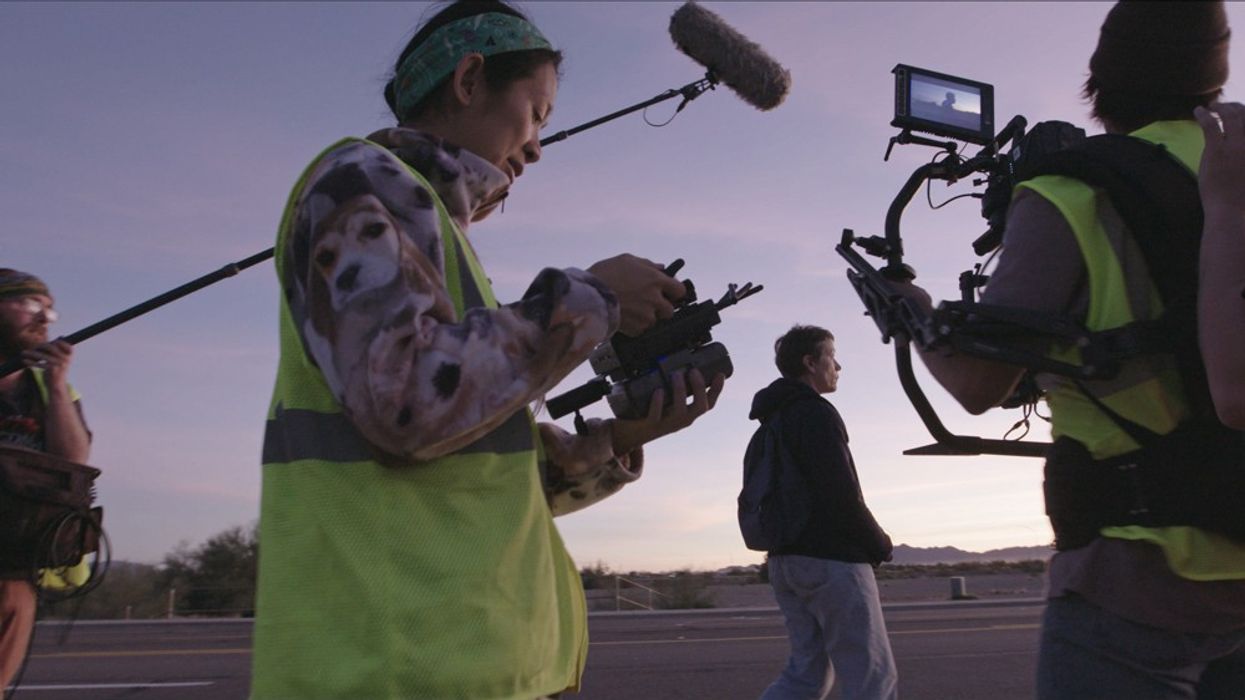Highlighting Chloé Zhao's Directorial Style in 'Nomadland'
What key elements of Chloé Zhao's directing style stood out in Nomadland?

One of the highlights of 2020 was the entire world coming together to celebrate Chloé Zhao and her district style of pared-down filmmaking that focuses on characters, locations, and naturalistic elements.
Zhao took her first Academy Award last month, so I thought it was a great time to examine how her directing style really exploded this year. Her direction of Nomadland, its homage and origins to the work of Terrence Malick, and how she might start a new stylistic movement in film are all going to be talked about in this article. So let's dive right in.
Check out this video from Thomas Flight, and let's talk after the break.
Highlighting Chloé Zhao's Directorial Style in Nomadland
From the picturesque landscapes of the American west and midwest to the soft setting and rising sun casting natural light over the faces of the actors, Zhao cemented her pared-down style of filmmaking this past year.
Sure, we've seen similar aesthetics, particularly from Malick in Badlands, Tree of Life, The New World, etc, but Zhao has personalized them as a directing style. She's favoring a smaller crew and handheld cinematography to capture her stories.
I mentioned earlier that this might be an inspiration to new filmmakers, and I was really happy to see that aspect highlighted in Thomas' video. Assembling a massive crew with expensive gear can be hard and seem daunting. What Zhao did was scale her movie to match the story.
She made something that was a grounded story. It featured nonactors and actors and depicted life on the road. To capture this story, it would have felt disingenuous to see a behind-the-scenes crew that dwarfed the landscape.
Instead, we see just a handful of crew, keeping things "real."
We also see the use of wide-angle lenses to keep a deep focus on every scene. Even in close-ups, we still can see humanity juxtaposed against nature.
This all makes sense on set, but what about in post?
The assembly of the movie features dozens of non-continuity edits. Those are edits where you cut between two scenes or angles that don't seem connected within time. This is done to show the passing of time, or open the space, or change rooms or locations. This gives a feeling of intimacy in this movie and allows us to feel the drifting of the nomads at the center of the story.
Seeing a director using every element at their disposal to communicate with the audience is really interesting and fresh. Knowing they did it without a lot of expensive toys or a huge budget, but by prioritizing the elements that felt natural to the story, seems like it can really inspire the next generation of creators and directors to pursue similar intents.
What did you think?
What elements of Zhao's touch and style do you think make Nomadlandthis year's Best Picture? Let us know in the comments.
Source: Thomas Flight











